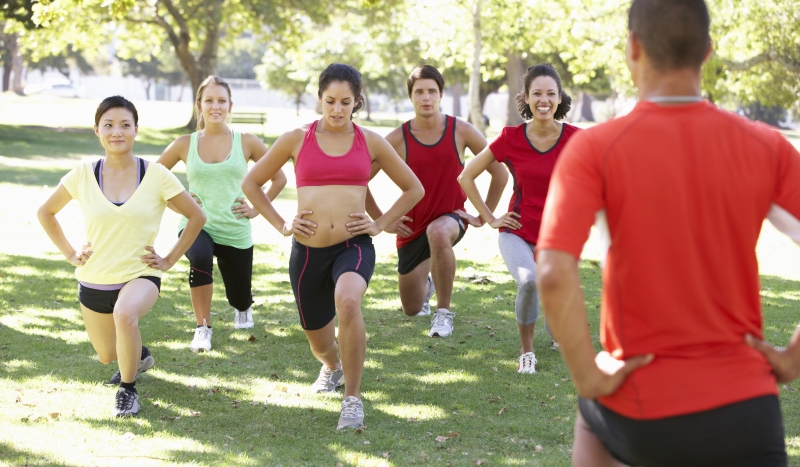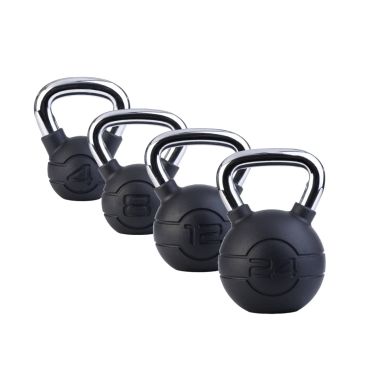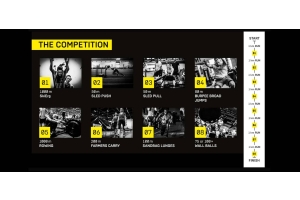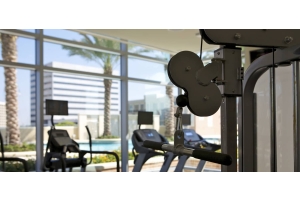Love a Lunge for a Real Leg Workout

Should you love a lunge? Single leg or alternate? Popular the world over with personal trainers and fitness instructors, you will see lunges performed everywhere. But the big question is, are they really worth it?
What is a Lunge?
Put your weight on one leg and then step forwards or backwards (even sideways) with the other leg lowering your body and using only your legs to get you back to the start position.
What Will Lunges Do for You?
A lunge performed correctly will develop your core (as the body feels it is being moved off balance), give you better hip flexibility, improved balance and for most of us most importantly stronger and more toned abs, glutes, thighs, hips and calves. In some ways they work very similar muscles to the squat but they will really work your core more than the squat does.
The primary muscles involved are the quadriceps in the front of the thigh. Assist muscles include the gluteus maximus, the adductor magnus, the soleus and the hamstrings. The way it helps is that when muscles are stressed micro tears form in the muscle fibre. These tears will heal and eventually strengthen the muscle. So when you feel that burn in your muscles as you lunge, that’s good!
Many experts also seem to agree that the lunge is important because it involves single leg strength and ultimately we are bi pedal, which means we walk one foot at a time so the lunge fits in with our basic body movement. It is also rare to find an exercise that carries over to almost every sport. Yet you will find hockey players, footballers, cricketers, tennis players all lunging!
Issues with the Lunge
As with so many exercises the issue is that the lunge will only be effective if you do it properly. The key things to remember when performing a lunge are to keep your upper body straight, your shoulders back and your chin up, essentially you are trying to engage your core. As you perform the lunge you are aiming for your knees to be bent at a 90 degree angle. Your front knee must also be directly above your ankle, not pushed out too far and do make sure your other knee doesn’t touch the floor. The weight should always be kept in your heels as you push back up to the start.
Lunges are sometimes avoided by people who have knee problems. If you do worry about this you can always try to take smaller steps as you lunge. Another option is to do a reverse lunge which may put less stress on your knees.
Developing the Lunge
Once you have the form licked you may want to develop the lunge even further. You can do this by doing a bicep curl as you lunge. Or if you want to be really adventurous you could do a plyometric lunge where you come out of each lunge into a jump. Then there is the walking dumbbell lunge where you walk around in lunge movements weighed down with hand weights. It may look silly but it’s very effective. The walking lunge will work the same muscles as the stationary lunge but the way the muscles are used is different and this variation will help you to avoid plateaus in your muscle development and stop you getting bored in your workout.
There are literally loads of variations on the lunge. As well as those mentioned above there is the diagonal lunge, as well as forwards, backwards, walking, using different hand weights as well as rotational and lateral. The different variations will achieve different things as well.
Walking lunges can really help with running, backward lunges are great for the bottom, and side lunges really work the inner and outer thighs. Using weights will really help your upper body as well as putting you more off balance and work that core.




